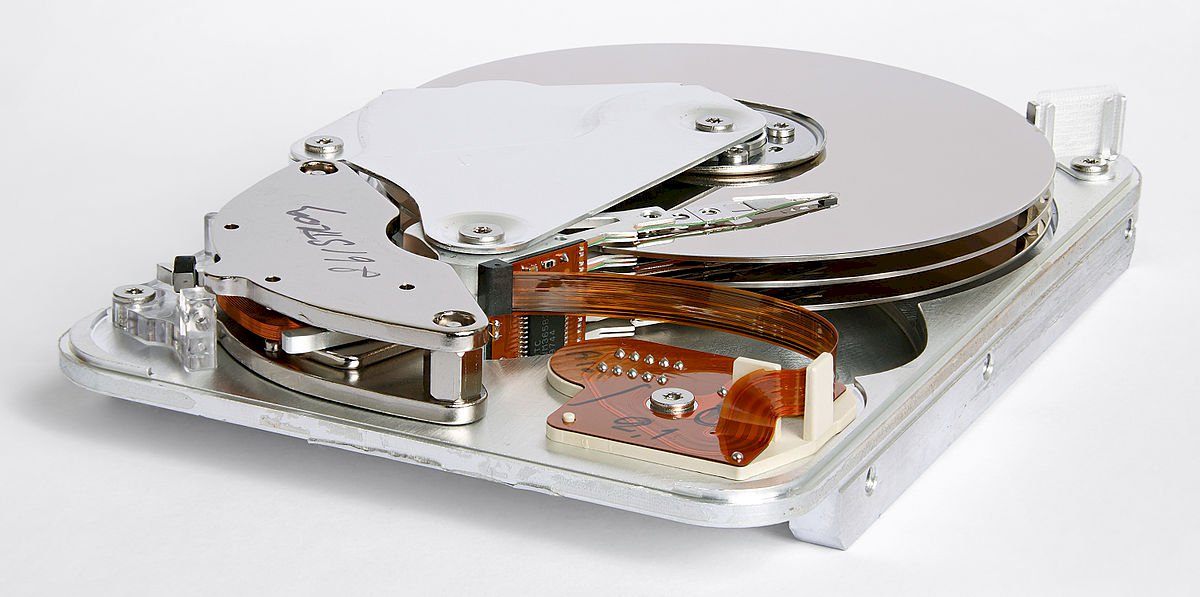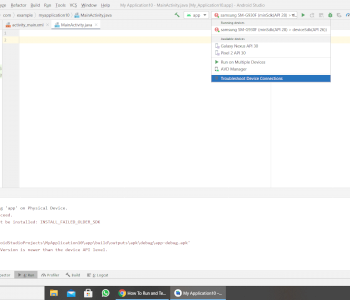Is my laptop heavier if more files are on it?
Will my laptop be heavier if I download more?
On the contrary. An "empty" disk is not really empty, but filled with zeros. A normal file consists of zeros and ones. And because zeros are thicker than ones, they are heavier too. (That the zeros are thicker than the ones is easy to see: 0 1 000 111)
So, a laptop that has more files on it is, unexpectedly, lighter than a brand new one.
No, he will not. But the smallest possible mass that a disk can theoretically have is determined by the amount of stored information.
This is evident from the Bekenstein border. https://de.wikipedia.org/...ein-Grenze
The upper limit of the amount of information that can be contained in a sphere is proportional to the square of the mass it contains. Therefore, it is physically impossible to build any disk as small or arbitrarily easy.
But that does not apply to helium filled plates. The zeroes contain helium gas and therefore become lighter than the ones. After all, a helium balloon is lighter than an empty balloon, even though it is bigger.
Also agrees again.
However, with these helium-filled plates, one has to be careful that the data does not get mixed up as the zeros rise.
The question once seriously answered - although she has been asked several times here:
Macroscopically, the energy that is converted during the actual storage of information is very small, and the energy difference between different sequences of zeros and ones is practically no longer measurable.
So, for all practical purposes, you can assume that the weight of a laptop has nothing to do with the information stored in it.
If we look at it in theory, there are differences. Different information patterns have different energies, and according to the special theory of relativity (and even more so after the general one) each energy has a mass (or is identical to a mass).
For magnetic disks, the energy depends on the magnetization directions.
In the older "horizontally" recording plates, the energy is minimal when all magnet areas are pointing in the same direction, and maximally when they are pointing alternately in one direction and the other, at the younger "vertical" recording the energy is maximal, when all magnetic areas point in the same direction, and minimal when they point alternately in one direction and the other. Unfortunately, it is not so easy that a magnetic field pointing "forwards / upwards" means a 1 and a "pointing backwards / downwards" a 0 - technically only the changes of magnetic fields are fairly easy to read out. For the methods of how to map the bits to magnetic field changes and vice versa, cf.

https://de.wikipedia.org/...rten_Daten
It is apparently more common for a 1 to be a change and a 0 for a constant magnetization direction. For "horizontally" recording disks, this means that the energy is minimal for zeros, and for "vertical" recording, the energy is maximal for zeros.
Thus, "vertical" recording plates actually have a (inestimable) higher mass for a zero filling than for a one-one filling.
With SSDs (which contain the same type of flash components inside as SD cards and USB sticks), it is usually the case that an electrically charged cell corresponds to 1 and an uncharged one to 0 (see http://www.flash-speicher.at/aufbau/allgemeine-funktionsweise.html).
Since it costs energy to charge a capacitor and releases energy when discharging, here the ones are heavier than the zeros, again far below the measuring threshold.


